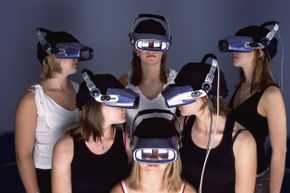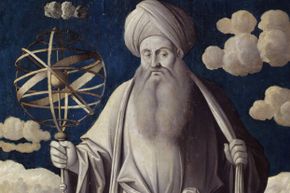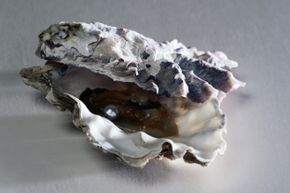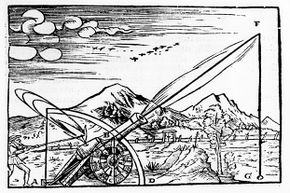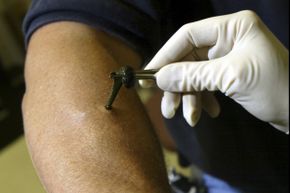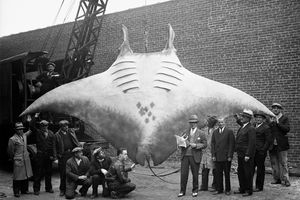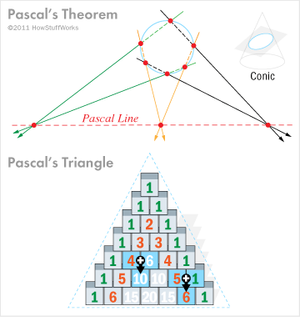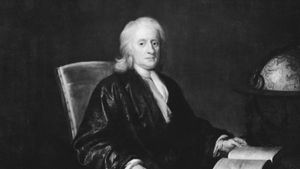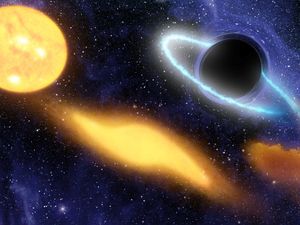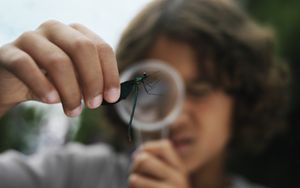Key Takeaways
- Ancient medical practices were based on the balance of four bodily fluids or humors (blood, phlegm, black bile and yellow bile).
- Before the scientific method, it was widely believed that the Earth was the center of the universe, surrounded by cosmic shells or spheres containing celestial bodies.
- The theory that life could spontaneously arise from nonliving matter was accepted until disproven by scientific experimentation.
Historically speaking, science has dragged us out of some pretty embarrassing and dangerous parties. Hey, science can identify. It dabbled in some pretty far-out ideas in its youth, too.
Ask science about some of its more embarrassing moments, and it will probably bore you with some lecture about how it used to totally be into logic and deduction (a top-down approach that infers specific cases from general principles), but then matured and got into induction (a bottom-up approach that draws broad conclusions from many observations).
Advertisement
Of course, science will downplay how long and embarrassing that adolescence actually was. Its dalliance with the it's-so-wrong-but-feels-so-right natural philosophy of Aristotle outlasted the Dark Ages by centuries. In fact, science didn't really shake its (literal) demons until a 16th-century intervention by Galileo, who hit it with some shattering observations, and by Francis Bacon, who made it take a hard look at itself. After that, science moved out of its parents' basement, boxed up its astrology posters and got a 9-to-5 job doing evidence-based inquiry via observations, hypotheses, data gathering, experimentation and testing, aka the scientific method.
But it had some great stories to tell.
